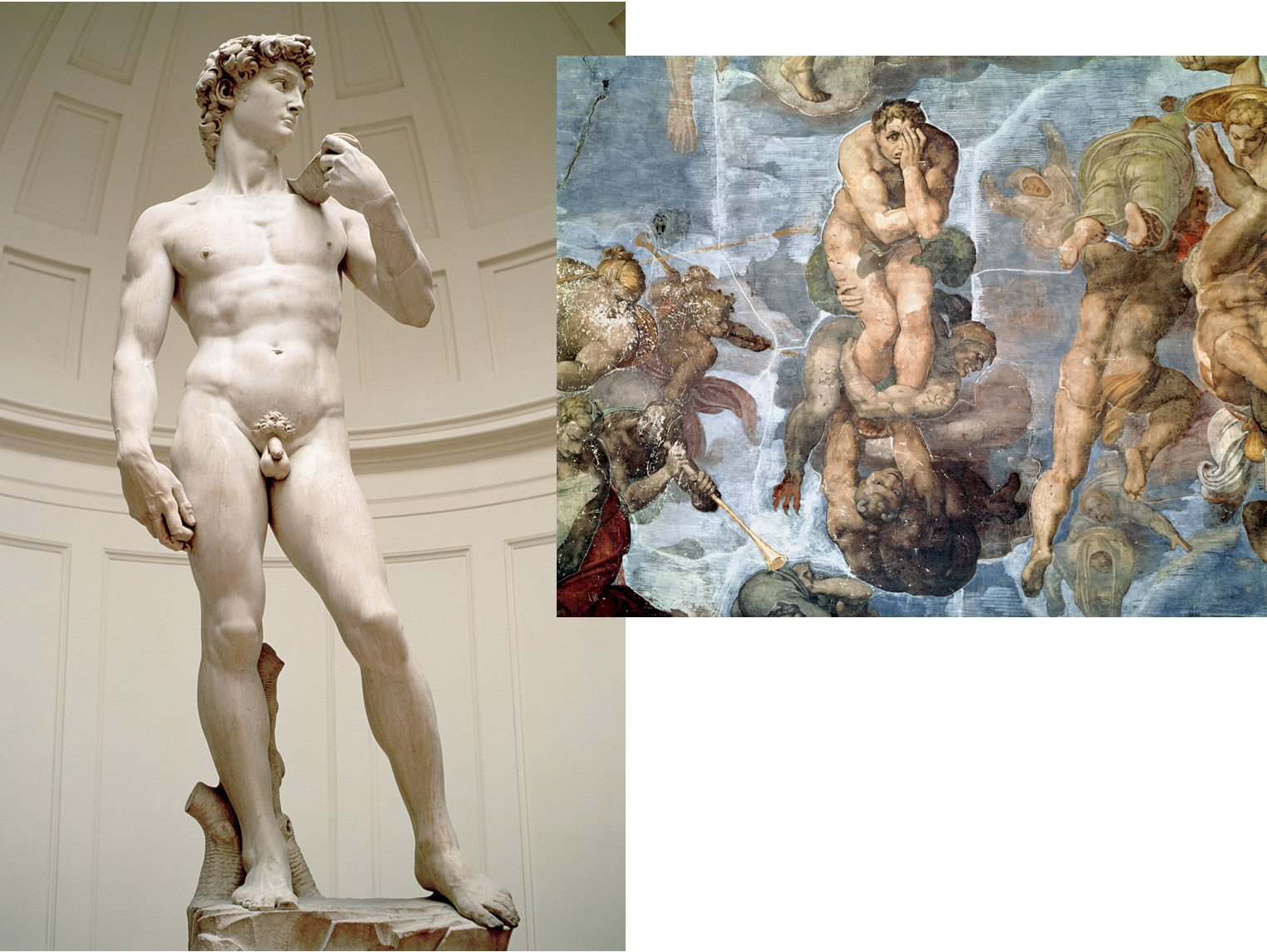
Michelangelo’s David (1501– 7–